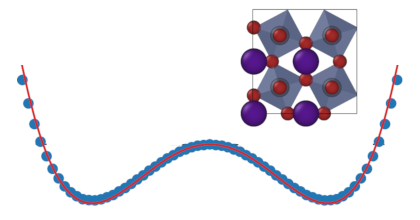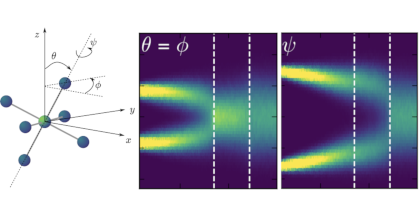Hydrogen in Ferrite Systems with Carbide Precipitates
F. Uddén
Master′s Thesis
(2025)
doi: 20.500.12380/309494
This work investigates the behavior of hydrogen in ferritic steel, two distinct metal carbides, and hybrid ferrite– carbide systems using computational methods. A neural network potential, trained on density functional theory data, was used to enable large-scale molecular dynamics simulations over nanosecond timescales and across a range of temperatures and compositions. Hydrogen diffusivity was systematically investigated in ferrite structures alloyed with varying concentrations of chromium, as well as in M7C3 and M23C6-type car bides composed of different metallic species including chromium, molybdenum, vana dium, and iron. The two carbide types exhibited different diffusion behavior: M7C3 showed anisotropic diffusion through well-defined channels, while M23C6 supported more isotropic diffusion via connected site networks. In hybrid systems combining ferrite with a spherical carbide precipitate, hydrogen was found to accumulate both at the interface and within the carbide phase. Where M23C6 facilitated deeper bulk trapping than M7C3. The simulations also revealed structural features such as the formation of a chromium-enriched shell at the carbide surface.



